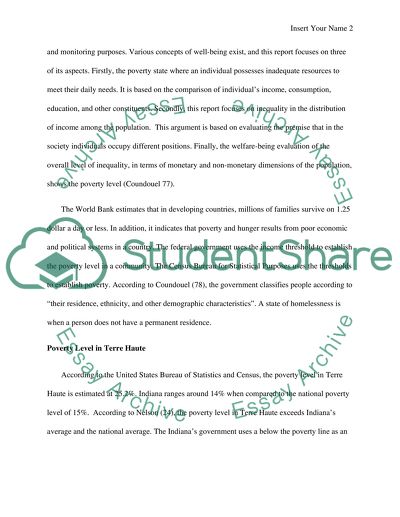Cite this document
(“Poverty, Hunger, and Homelessness Research Paper”, n.d.)
Retrieved from https://studentshare.org/history/1475653-poverty-hunger-and-homelessness
Retrieved from https://studentshare.org/history/1475653-poverty-hunger-and-homelessness
(Poverty, Hunger, and Homelessness Research Paper)
https://studentshare.org/history/1475653-poverty-hunger-and-homelessness.
https://studentshare.org/history/1475653-poverty-hunger-and-homelessness.
“Poverty, Hunger, and Homelessness Research Paper”, n.d. https://studentshare.org/history/1475653-poverty-hunger-and-homelessness.


